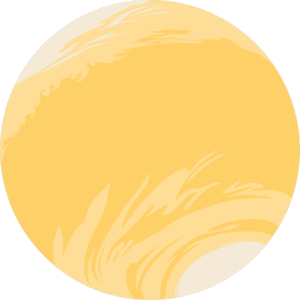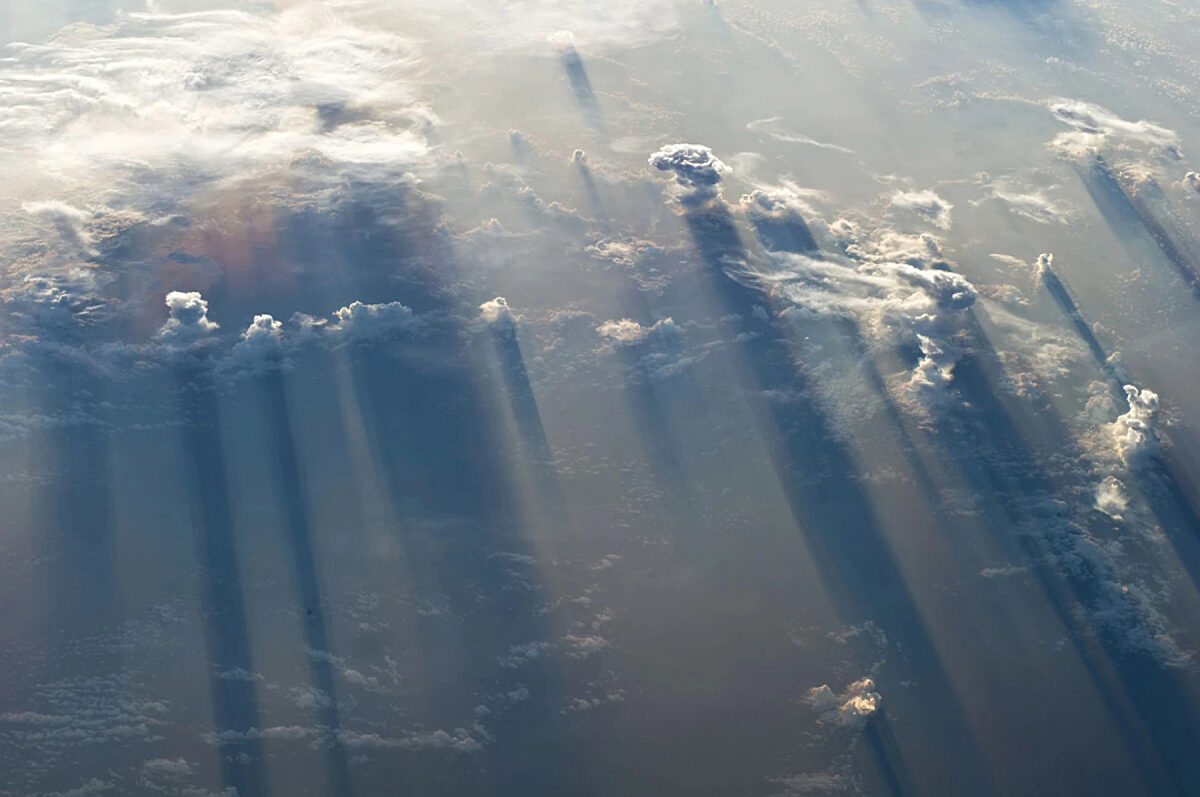The Downlink • Mar 10, 2023
Spectacularly crepuscular!
Space Snapshot

NASA's Curiosity rover recently captured this image of the setting Sun’s rays shining through iridescent clouds high in the Martian atmosphere. Although we see rays like this all the time on Earth around dawn and dusk, it was the first time that the phenomenon (also known as sunbeams or crepuscular rays) has been seen so clearly on Mars. Image credit: NASA/JPL-Caltech/MSSS/SSI.
Join our member community!

Connect with space like never before in The Planetary Society’s brand new member community. On a web browser or in the app you’ll find the latest Planetary Society content, discussion threads about all things space, free online courses, virtual events, and much more. Plus, you can chat with members from around the world who share your interests, passions, and goals as space enthusiasts and advocates.
Log in now, and take your place in space! And if you aren’t already a member, now is the time to join.
On March 18, we’re hosting the official member community welcome festival in the platform, with talks from space science experts and opportunities to meet other members, so mark your calendars and be sure to join us!
Mission Briefings


Hubble spotted space debris after the DART spacecraft impacted the asteroid Dimorphos back in September 2022. Newly released images from ESA (including the one pictured) show dust and rock from the collision spilling out into ghostly trails. The debris appears to form a comet-like tail, which is influenced by the asteroid’s gravity. ESA created a short time-lapse video of the Hubble images, which you can check out here. Image credit: NASA, ESA, STScI, J. Li (PSI).

Japan’s new H3 rocket was destroyed during its inaugural flight on March 7. Though the rocket’s first stage appeared to be performing well, its second stage failed to ignite. JAXA therefore sent a destruct command to the rocket at 10:52 local time, citing that there was “no possibility of achieving the mission.”

Artemis II appears to be on track for a late 2024 launch. In a teleconference on March 7, NASA managers took inventory of the Space Launch System and Orion spacecraft and stated the space agency found no critical hardware issues that would prevent a timely launch of Artemis II. While most of the Artemis I mission components appeared to exceed NASA’s expectations, Orion’s heat shield shedded more material than anticipated during its reentry.
From The Planetary Society


Solar sailing is on the rise. After the success of The Planetary Society’s LightSail 2 mission, solar sailing is growing in popularity as a method of propelling spacecraft. The latest issue of The Planetary Report explores new and upcoming missions like NASA’s Advanced Composite Solar Sail System (ACS3, pictured here during deployment testing) and how they’ll use sunlight to push the boundaries of exploration. Image credit: NASA.

Expanding human presence in space sustainably means doing it ethically. But how? The new episode of Planetary Radio: Space Policy Edition explores the ethical issues involved in establishing human settlements on other worlds. Who gets to go? How will we govern ourselves? How can you have property rights, labor rights, or even individual rights when the very air you breathe is limited and potentially controlled by your employer? Dr. Erika Nesvold, astrophysicist and author of the new book “Off-Earth: Ethical Questions and Quandaries for Living in Outer Space” joins the show to explore these ethical challenges and more.
What's Up

Look for super bright Venus and very bright Jupiter in the western sky after sunset. Higher in the sky Mars looks reddish, near the reddish star Aldebaran. Learn more about what else to look for in this month’s night skies.
Wow of the Week

Although crepuscular rays are a common sight on Earth, we don’t often get to see them from this perspective. In this image captured from aboard the International Space Station in 2011, you can see how clouds blocking the setting Sun’s light create alternating shadows and beams of sunlight. Image credit: NASA.
Send us your artwork!
We love to feature space artwork in the Downlink. If you create any kind of space-related art, we invite you to send it to us by replying to any Downlink email or writing to [email protected]. Please let us know in your email if you’re a Planetary Society member!


 Explore Worlds
Explore Worlds Find Life
Find Life Defend Earth
Defend Earth


